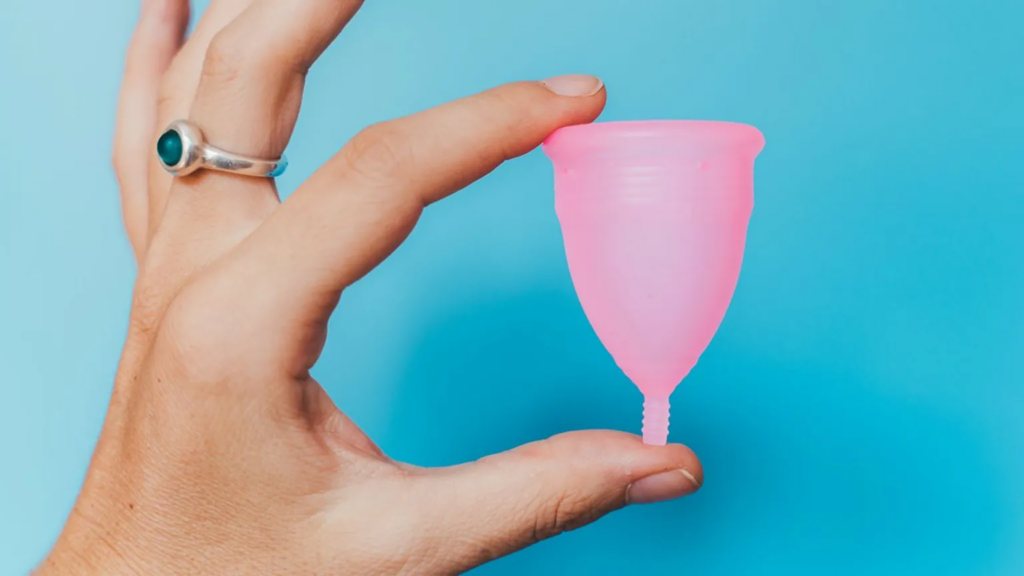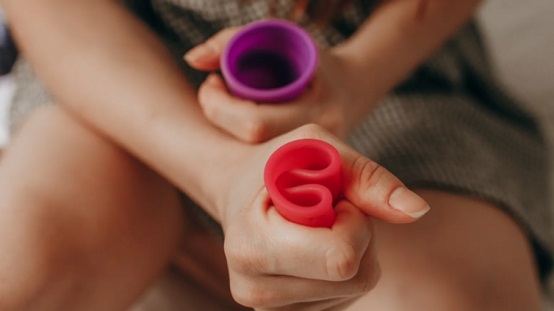Doctors are advising women to take care using menstrual cups after one user developed temporary kidney problems because the cup was misaligned.
The patient, in her 30s, had been experiencing intermittent pelvic pain and blood in her urine for months but had not linked the symptoms to the menstrual cup, which is used to catch monthly blood flow.
Although exceedingly rare, a poorly positioned cup inside the vaginal passage can press on other nearby structures, such as ureters - tubes carrying urine to the bladder, according to Danish doctors quoted in the British Medical Journal.
Selecting the appropriate size cup is important, as well as inserting it properly, doctors have stressed.
The patient made a complete recovery, but doctors have warned: "Correct positioning, along with choosing the correct cup shape and size, is important to prevent negative effects on the upper urinary tract.
"Menstrual cups can be bought and used without clinical advice from a health professional, which emphasises the importance of detailed and clear patient information material."

How to use a menstrual cup
Reusable and sustainable, menstrual cups are an alternative to sanitary pads and tampons.
They are made from soft, flexible silicone or rubber and, once correctly in place, can hold 20 to 30ml - around two tablespoons - of blood.
They can be removed, emptied, washed and reinserted every four to eight hours, depending on flow.
Different cup models may offer a better fit according to the individual.
There are smaller size options, for girls and younger women who have not given birth to a baby, for example.
If you are a virgin, you can still use one.
Menstrual cups can be tricky for first-time users though, particularly when it comes to removal.
A recent survey of 530 young people reported many found it difficult to remove the menstrual cup on their first attempt, with some saying they had to ask for help.
Once inserted into the vagina, menstrual cups create a suction seal to stop any seepage of blood.
When removing, users are warned not to simply pull on the stem. Instead, squeeze the bottom of the cup to break the seal and wiggle it off, says physiotherapist Dr Kate Lough, an expert in pelvic health.
She says it may take women a few menstrual cycles to become accustomed to using one, and stresses wearing a cup should not hurt.
She told BBC News: "Generally, they are a very safe product.
"When it's in correctly, you shouldn't feel it."
Menstrual cups vary in shape, size and firmness, so Dr Lough advises shopping around to find one that matches your requirements.
If you have recently had a contraceptive coil put into your womb, there is a very small chance it could become dislodged, or even removed, by suction.
If the threads cannot be located, or a woman thinks her coil has moved, manufacturers recommend using additional contraception and seeing a healthcare professional for advice.
Menstrual discs are similar to cups but are worn higher in the vaginal canal, just below the cervix.
BBC





